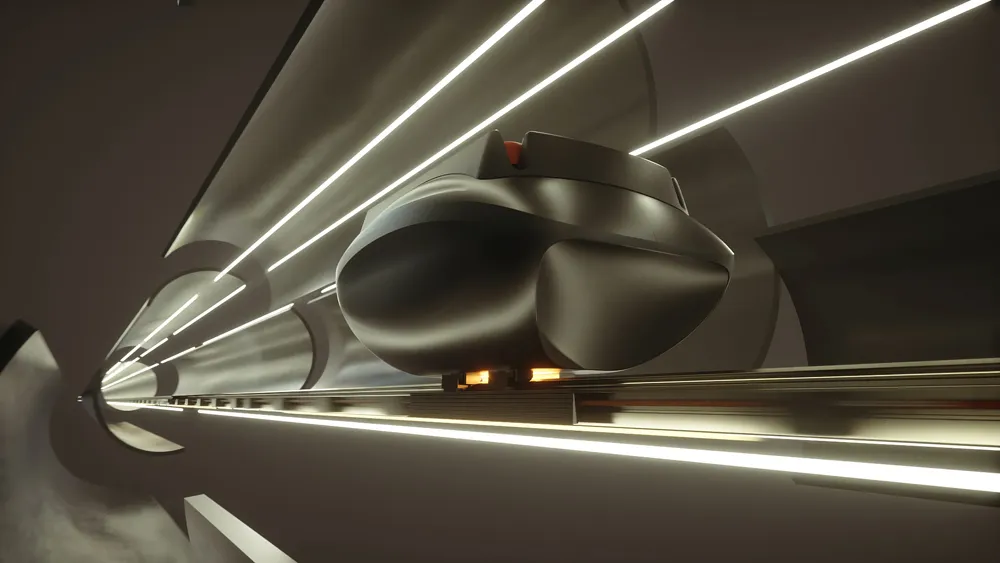A new study published in the International Monetary Fund’s (IMF) World Economic Outlook suggests there is a strong case for advanced economies to take advantage of low borrowing costs to increase spending on key infrastructure projects.
The study examines the effects of public investment in a large number of countries; it claims that many advanced economies are stuck in a low growth and high unemployment environment and borrowing costs are low.
The report says ‘an increase in infrastructure investmen
October 6, 2014
Read time: 2 mins
A new study published in the 7899 International Monetary Fund’s (IMF) World Economic Outlook suggests there is a strong case for advanced economies to take advantage of low borrowing costs to increase spending on key infrastructure projects.
The study examines the effects of public investment in a large number of countries; it claims that many advanced economies are stuck in a low growth and high unemployment environment and borrowing costs are low.
The report says ‘an increase in infrastructure investment could provide a much-needed fillip to demand, and it is one of the few remaining policy levers available to support growth, given already accommodative monetary policy.’
In many emerging market and developing economies, infrastructure bottlenecks are putting a brake on how quickly these economies can grow. In these regions, investment ‘could help address existing and nascent infrastructure bottlenecks,’ according to the report, going on to say ‘and in all economies it would help boost medium-term output, as higher infrastructure capital stocks expand productive capacity.’
The study examines the effects of public investment in a large number of countries; it claims that many advanced economies are stuck in a low growth and high unemployment environment and borrowing costs are low.
The report says ‘an increase in infrastructure investment could provide a much-needed fillip to demand, and it is one of the few remaining policy levers available to support growth, given already accommodative monetary policy.’
In many emerging market and developing economies, infrastructure bottlenecks are putting a brake on how quickly these economies can grow. In these regions, investment ‘could help address existing and nascent infrastructure bottlenecks,’ according to the report, going on to say ‘and in all economies it would help boost medium-term output, as higher infrastructure capital stocks expand productive capacity.’










